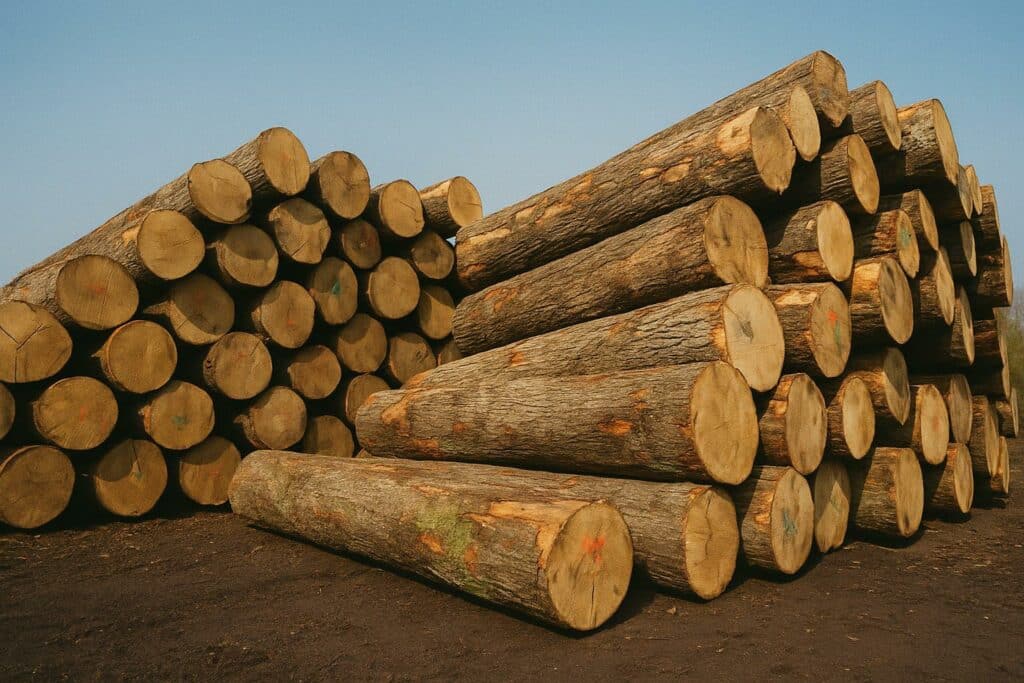Congo Basin forests under diplomatic scrutiny
From Yaoundé to Brussels, the 200 million hectares of humid forests stretching across Cameroon, the Republic of the Congo and the Democratic Republic of the Congo have become a litmus test for the credibility of current climate diplomacy. The basin stores an estimated 37 billion tonnes of carbon (WRI, 2022) and shelters unparalleled biodiversity. Yet it also represents a livelihood backbone for nearly 60 million people and an export opportunity that national treasuries can ill afford to ignore. Against this delicate background, the 2017 birth of the umbrella label Fair & Precious, backed by the Association Technique Internationale des Bois Tropicaux (ATIBT), was heralded as a pragmatic bridge between conservation rhetoric and commercial reality.
Seven years on: a cautious ledger of achievements
In purely quantitative terms, the initiative has helped maintain roughly five million hectares of Forest Stewardship Council-certified concessions in the region. While that surface may seem modest—barely 12 % of the productive forest estate—it remains significant given the contraction of certified area in other tropical zones such as Indonesia (FAO, 2020). Fair & Precious also succeeded in introducing ten verifiable criteria combining ecological integrity, workers’ rights and community welfare, thereby nudging concessionaires toward a culture of periodic auditing. According to ATIBT communications manager Nathalie Bouville, extraction rates average one to two trees per hectare every three decades, a statistic that, if accurate, would place Congo Basin logging among the world’s least intensive industrial harvest models.
Certification politics and the credibility gap
Yet the very architecture of Fair & Precious leaves it open to allegations of greenwashing. The label accepts timber from concessions holding legality-only certificates such as OLB or VLO on the premise that full eco-certification will follow within five years. Environmental NGOs, though less combative than in 2017, still argue that a transitory regime without a robust independent verifier risks normalising mediocrity. Jean-Jacques Landrot, former ATIBT chair, warns that excluding civil-society watchdogs would reduce the label to a professional lobbying tool rather than the multi-stakeholder platform it aspires to be. European buyers, increasingly bound by due-diligence clauses embedded in the EU’s new anti-deforestation regulation (European Commission, 2023), echo that apprehension; they demand proof that legality pathways are not indefinite cul-de-sacs.
Economic headwinds and competitive distortions
Sustainable operators face a trio of financial handicaps: costly audits, reduced harvest intensity and the absence of explicit fiscal incentives in producer states. Precious Woods and Rougier, two of the most visible pioneers, privately concede that their compliance costs can exceed five dollars per cubic metre, even before factoring in the heavier capex associated with reduced-impact logging techniques. Meanwhile, agro-industrial consortia cultivating oil-palm or rubber increasingly bid for the same parcels, often armed with tax holidays and sovereign-backed credit lines. Stéphane Glannaz of Precious Woods has publicly warned that if these asymmetries persist, forest concessions will be converted to monoculture long before their ecological merit is monetised.
Pathways to a verifiable green value chain
What leverage points could recalibrate the balance? First, regional harmonisation of forest fiscal regimes—an aspiration of the Central African Forest Commission—would discourage concession-hopping and raise the political cost of opaque allocations. Second, digital traceability platforms such as the Open Timber Portal, piloted with World Resources Institute support, can compress transaction costs by making legality data downloadable in real time. Third, blended-finance vehicles championed by the French Development Agency and the African Development Bank could lower the cost of capital for companies agreeing to third-party auditing. Finally, the diplomatic community—particularly climate-finance donors negotiating Article 6 carbon markets—could mainstream certified timber into nationally determined contributions, thus translating ecological stewardship into revenue streams.
A guarded but indispensable experiment
Fair & Precious is entering a pivotal phase: either it evolves into a stringent, transparent benchmark or it risks being sidelined by more aggressive green-policy instruments emanating from consumer markets. The label’s critics are accurate in flagging its loopholes; its proponents are equally correct that abandoning the experiment would hand the field to actors for whom sustainability is at best an afterthought. In the geopolitical chessboard of forest governance, where sovereignty, climate imperatives and trade competitiveness collide, Fair & Precious may well be the least imperfect tool currently on offer. The next seven-year scorecard will reveal whether that imperfect tool can be sufficiently sharpened to keep the Congo Basin both standing and profitable.

